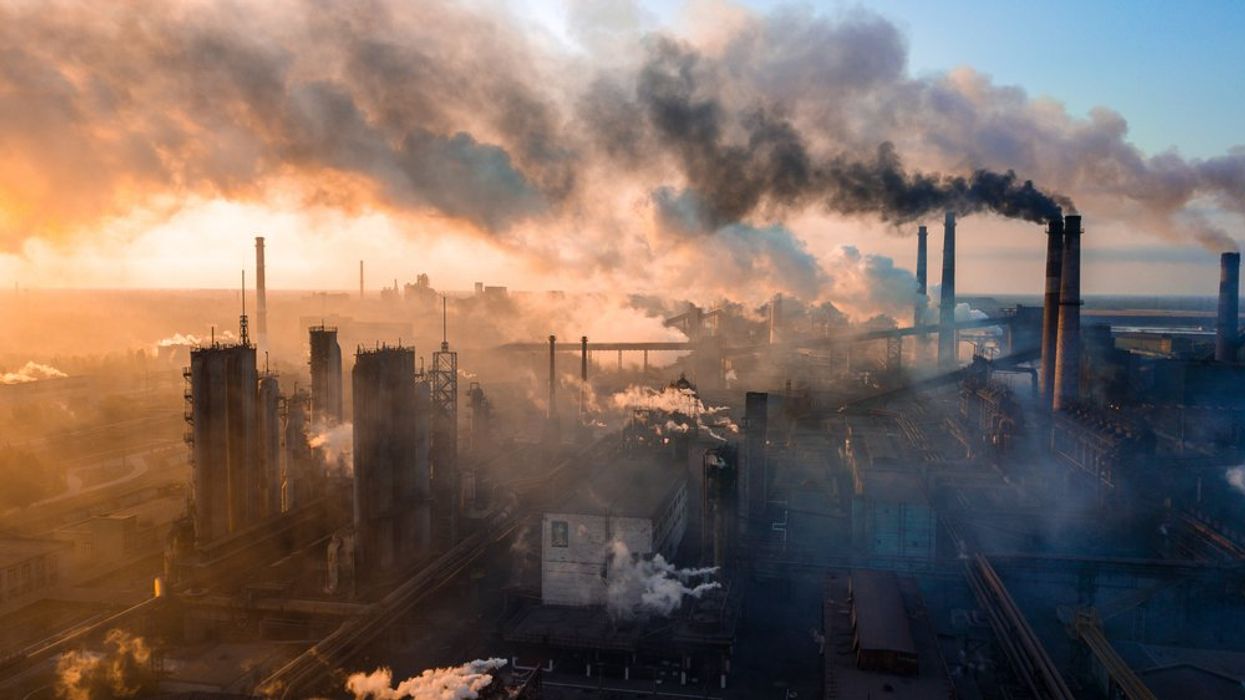Unhealthy levels of tiny air pollutants harm 99 percent of the global population, according to a new study in Lancet Planet Health.
Published Monday, the report emphasized a "growing urgency for policymakers" to combat air pollution sources in the interest of public health. Yuming Guo, the lead author of the study, told The Washington Post that nearly everywhere on Earth has levels of pollution beyond what is deemed acceptable.
“Almost no one is safe from air pollution,” he said. “The surprising result is that almost all parts of the world have annual average PM 2.5 concentrations higher than air quality guidelines recommended by the World Health Organization.”
PM 2.5 are are microscopic particles in the air that can enter the lungs and bloodstream when inhaled, causing conditions such as heart disease and lung cancer. Nearly 7 million died from air pollution in 2019, with 1 in 6 deaths globally since 2015 attributed to pollution of any form.
The highest levels of air pollution were found in eastern and southern Asia, as well as northern Africa. Air pollution has increased in Australia, New Zealand, Latin America, and the Caribbean over the past two decades, while decreasing in Europe and North America.
Neelu Tummala, co-director of the Climate Health Institute at George Washington University, added that despite other areas fairing better, the health of their residents is still at risk.
“The study did find that the levels went down in North America and Europe, but it’s still not a safe level of air pollution," she said. “It’s still poor air quality that’s impacting health.”
The recommended levels of PM 2.5 particles from the WHO is "arguable," according to Guo, as they lowered their standards by half in 2021 to push global climate efforts. However, the study found that even under the previous WHO standards, only 1.8 percent of the global population lived in areas under the suggested levels.
Tummala said that the new WHO guidelines could be considered “aggressive,” but added that the change “also highlights just how important it is to get our air pollution levels lower because of so many health impacts that are associated with air pollution.”
“There is no safe level of air pollution,” she said.
- Dementia Risk Linked to Air Pollution ›
- Air Pollution Exposure Linked to Depression and Anxiety, Report Finds ›
- Air Pollution Disparities Can't Be Combatted Without Considering Race ›
- Wildfire Smoke Has Reversed Decades of Air Quality Improvements ›


















































